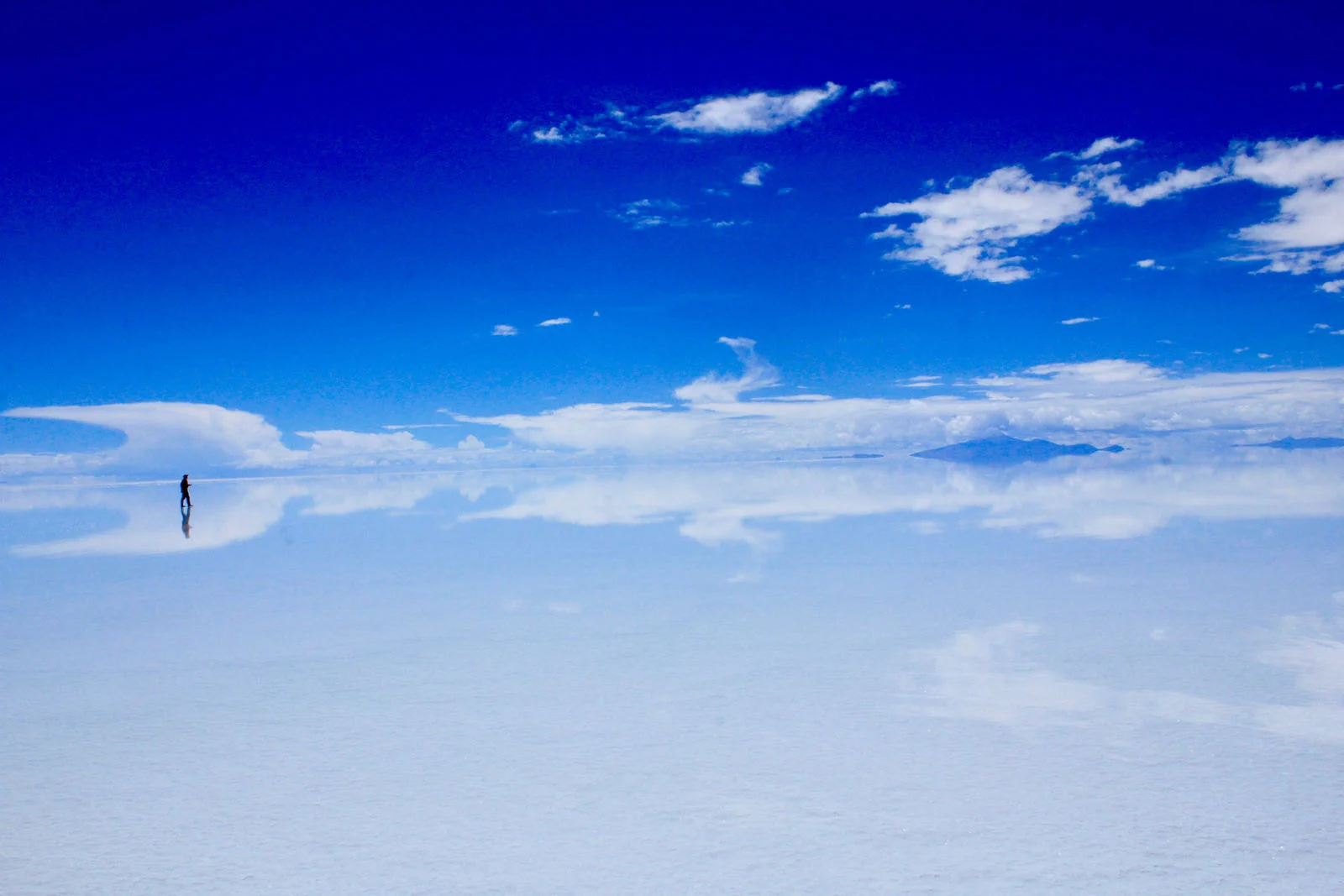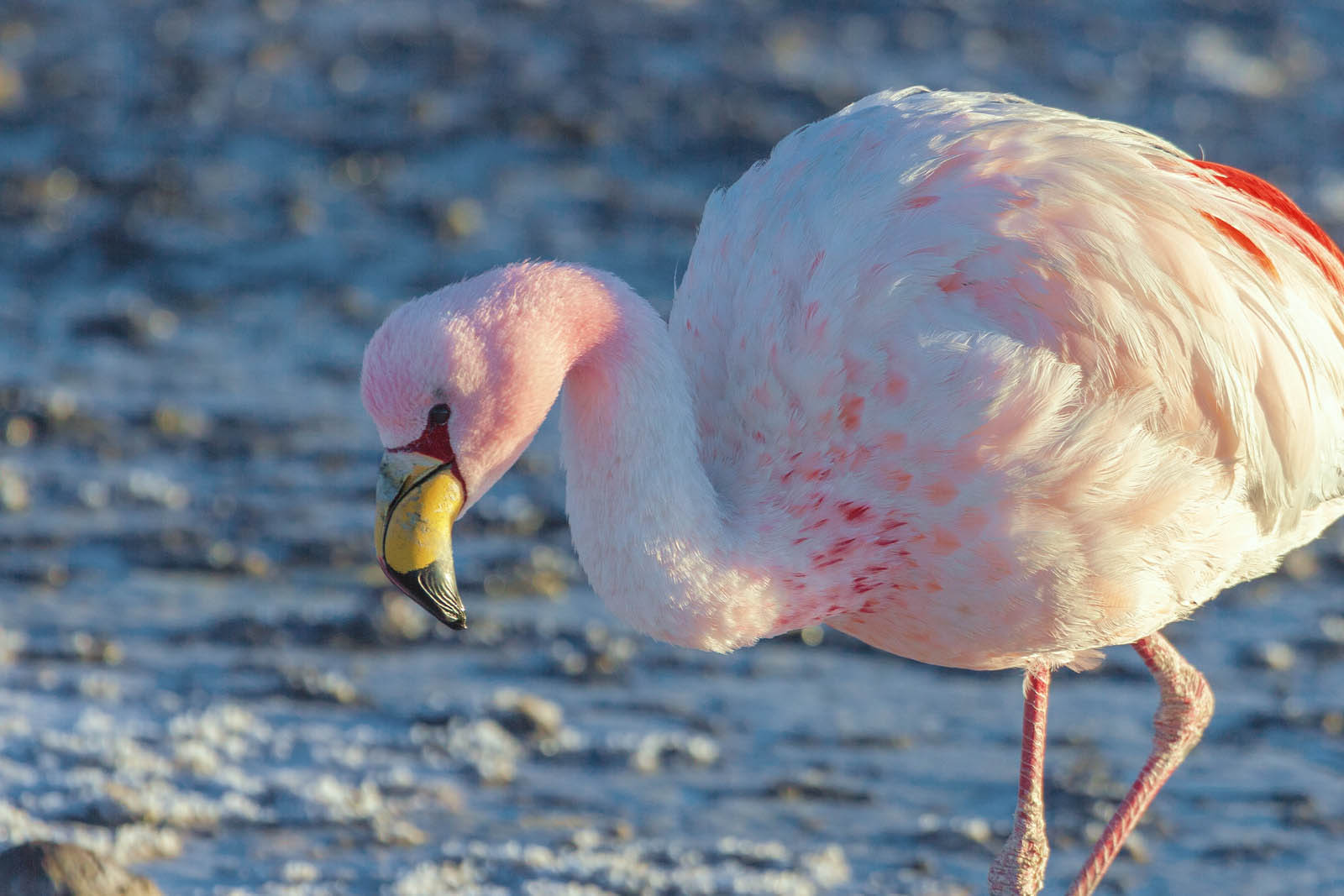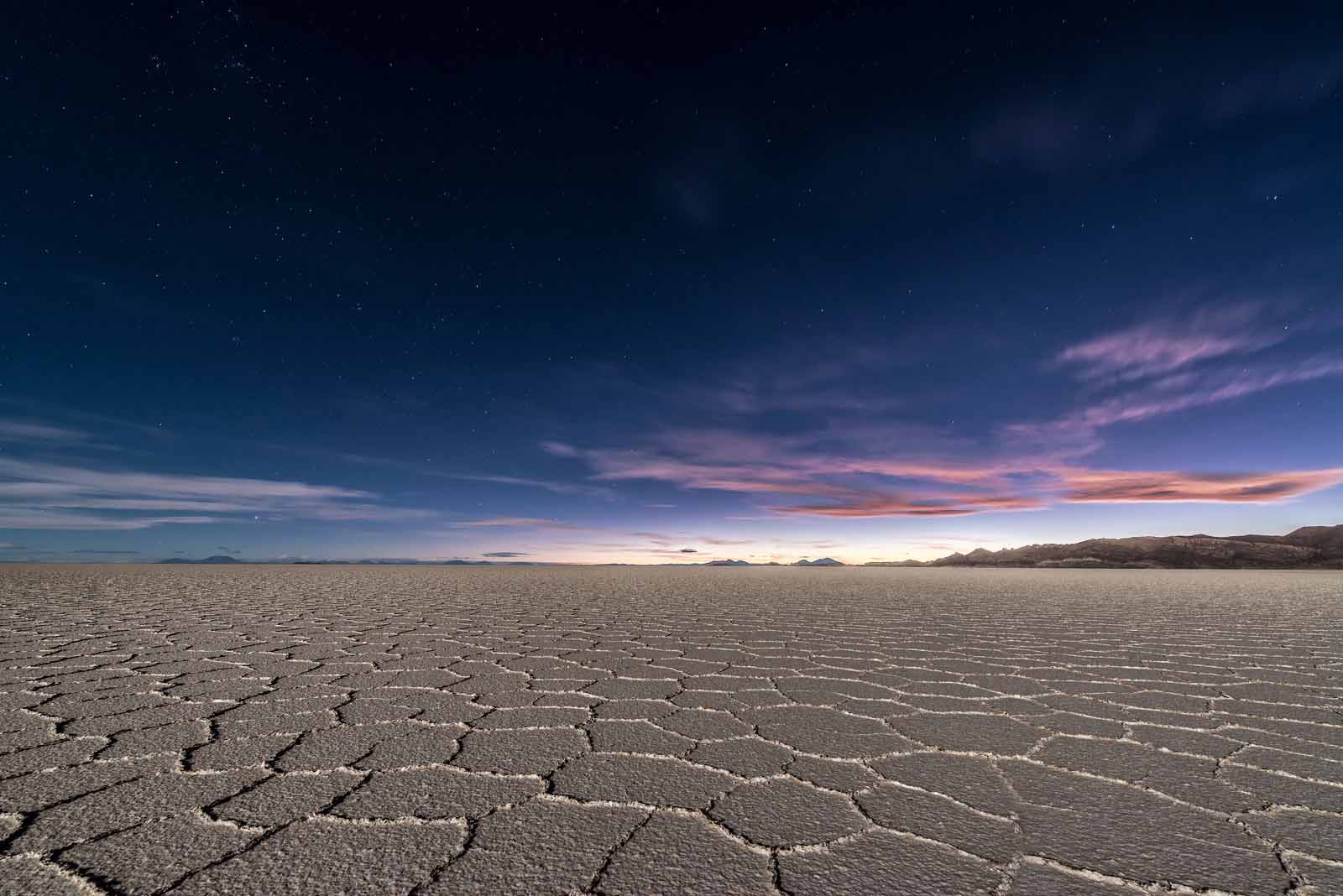
Salar de Uyuni: The World’s Largest Salt Desert and Its Impact on Tourism and Economy | Travel News
Nestled in southwestern Bolivia, Salar de Uyuni is the planet’s most expansive salt flat, spanning approximately 10,582 square kilometers. This breathtaking white landscape emerged after prehistoric lakes evaporated over thousands of years, leaving behind a thick salt crust that mirrors the sky, creating an awe-inspiring visual effect. Perched at roughly 3,600 meters above sea level, this natural wonder draws hundreds of thousands of visitors annually, making it one of South America's most sought-after travel destinations. Beyond its surreal beauty, the Salar is home to one of the world’s richest lithium reserves, a vital mineral for producing batteries used in electronic devices and electric vehicles. However, discussions around its economic potential often raise concerns about sustainable extraction and its environmental impact on this fragile ecosystem.
The appearance of Salar de Uyuni shifts dramatically with the seasons. During the rainy months (December to April), a thin water layer covers the salt flat, transforming it into a massive mirror that perfectly reflects the sky. Conversely, the dry season (May to November) reveals an endless expanse of solid white salt, adorned with naturally formed geometric patterns.
The main gateway to the salt flats is the town of Uyuni, which serves as the primary hub for travelers. Visitors can reach Uyuni by air via flights from La Paz or by land through buses and trains. Most tourists explore the area through guided 4×4 tours lasting from one to four days, often including visits to nearby attractions like the Train Cemetery, the Colored Lagoons, and the Siloli Desert.
Must-See Attractions in Salar de Uyuni
- Incahuasi Island – A rocky outcrop in the middle of the salt flats, covered in towering cacti.
- Laguna Colorada – A stunning red-hued lake, colored by algae and minerals, and home to vibrant pink flamingos.
- Sol de Mañana Geysers – A geothermal area featuring bubbling mud pools and steam-emitting fumaroles.
- Train Cemetery – An eerie collection of abandoned trains that reflect Bolivia’s historical railway era.
- Salt Hotels – Unique accommodations built entirely from salt, offering an extraordinary lodging experience.

The Rising Popularity of Tourism
Tourism in Salar de Uyuni has skyrocketed in recent years, with over 300,000 travelers visiting annually. The surreal landscapes, boosted by social media exposure and inclusion in adventure travel itineraries, have contributed to its growing appeal.
Key Drivers of Tourism Growth:
- Iconic Photography Opportunities – The mirror-like reflections and unique landscapes have gone viral on social platforms.
- Sense of Isolation – The vast openness provides an unparalleled connection with nature.
- Expanded Exploration – Travel agencies now offer customized routes, including excursions into Chile’s Atacama Desert.
- Improved Infrastructure – New hotels and tourism services enhance the visitor experience.
Salar de Uyuni’s Lithium Reserves and Economic Significance
Beyond tourism, Salar de Uyuni is a key player in Bolivia’s economy due to its immense lithium deposits, estimated to contain nearly 70% of the world’s supply. Lithium is a crucial component in lithium-ion batteries, which power smartphones, laptops, and electric vehicles.
The Bolivian government has prioritized lithium extraction as part of its national development strategy, forming partnerships with foreign companies while advocating for resource nationalization. However, concerns regarding environmental sustainability and the impact on local communities continue to be debated.

Environmental Challenges and Sustainable Solutions
Lithium mining in Salar de Uyuni raises critical environmental issues, primarily due to the large water consumption required for extraction. The disruption of the delicate ecosystem could lead to desertification and water depletion, potentially affecting tourism, which thrives on the preservation of this unique landscape.
Sustainable Measures for Lithium Extraction:
- Eco-friendly extraction techniques – Alternative methods to minimize environmental damage.
- Environmental compensation – Reforestation and conservation projects to offset ecological harm.
- Local community engagement – Ensuring economic benefits are shared with indigenous populations.
Fascinating Facts About Salar de Uyuni
- A Solid Salt Crust – The salt layer varies in thickness from 1 to 10 meters, allowing safe travel for vehicles.
- A Former Ancient Lake – The Salar was once a massive lake that dried up over millennia.
- Extreme Climate – Temperatures can soar above 20°C in the day and plummet to -10°C at night.
- NASA’s Calibration Site – The perfectly flat surface is used by NASA for satellite positioning.
- A Stargazer’s Paradise – The lack of light pollution makes it one of the best locations for astronomical observation.
Best Time to Visit Salar de Uyuni
The ideal time to visit depends on the desired experience:
- December to April (Rainy Season): The salt flat transforms into a giant mirror, offering mesmerizing reflections.
- May to November (Dry Season): The terrain solidifies, revealing striking geometric salt formations for easy exploration.
Timeline of Salar de Uyuni’s Evolution
- Thousands of Years Ago: Formation of the salt flat through prehistoric lake evaporation.
- 20th Century: Commercial salt mining begins.
- 1980s: The region starts attracting tourists.
- 2000s: Social media drives a surge in tourism.
- Present: Recognized as both a top travel destination and a major global lithium reserve.
Economic Benefits of Tourism
Tourism has become a crucial economic driver in Salar de Uyuni, contributing significantly to Bolivia’s economy:
- Job Creation: Thousands of locals work as tour guides, hotel staff, and in tourism services.
- Infrastructure Development: The rise in tourism has led to the construction of new hotels and travel facilities.
- Foreign Revenue Boost: International visitors generate substantial economic income for the country.
Salar de Uyuni stands as a remarkable natural wonder, blending breathtaking scenery with economic potential. Whether for its otherworldly landscapes, scientific significance, or valuable lithium reserves, this unique destination continues to captivate the world.
